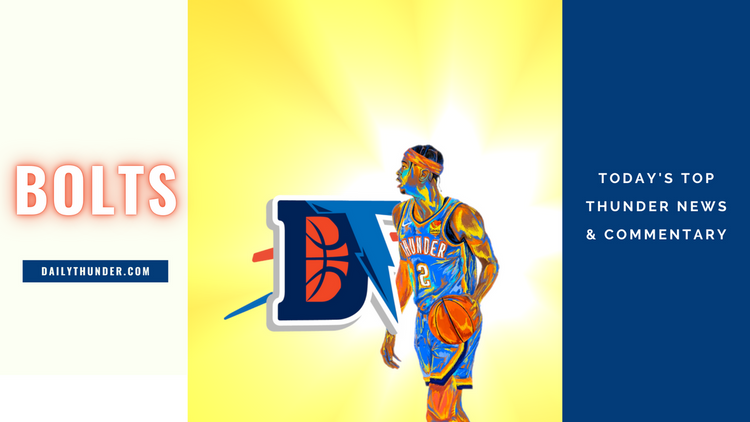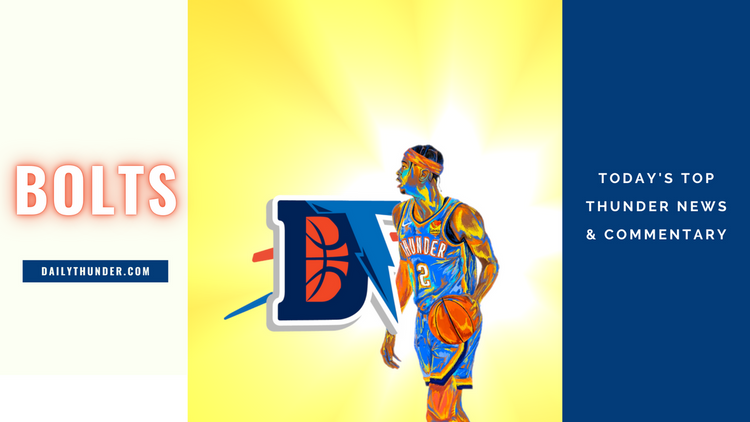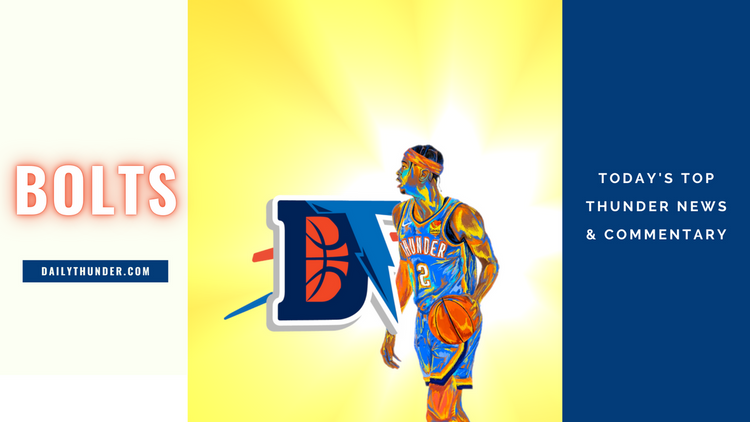Shooting guards – Part 2
I started out yesterday with the discussion about the shooting guards in the rotation for the Thunder. Kyle Weaver’s stats showed that he was very productive in spot minutes behind Desmond Mason and occasionally Kevin Durant.
Kyle Weaver reserve:
9 13.1 51% 40% 67% .4 .2 1.9 1.8 1.0 1.0 3.2 8.24
Next I showed the big drop off in efficiency when Des blew out his knee and Weaver was moved into the starting lineup. Kyle responded with his best game as a pro last night and I updated his numbers as a starter, but you can still see that in the starting lineup Weaver hasn’t been as effective:
Kyle Weaver starter:
10 30.2 37.9 20.0 100 .9 .7 2.1 3.0 1.1 2.7 6.0 4.29
His field goal shooting, including his three ball has been spotty at best. His Win Score/48* breaks down the drop off. The NBA average shooting guard has a Win Score/48 of 6.20. Weaver had been above average as a reserve and has dropped down below the average production for the shooting guard position since becoming a starter.
Now here is a similar breakdown for Desmond Mason in his time as a starter and a reserve this year for the Thunder:
Des Mason reserve:
20 25.3 43.7 000 50.9 .3 .9 .8 4.0 1.3 2.8 8.0 3.13
Des as a starter:
19 29.3 43.7 000 59.4 .6 .7 1.5 4.1 1.6 2.2 7.2 3.84
Desmond’s numbers are incredibly consistent whether he comes off the bench or is in the starting lineup. His field goal shooting is low, and he doesn’t shoot three pointers, but he is effective around the basket. His Win Score/48 is below average for an NBA shooting guard.
The difference between these two guards offensively is summed up below pretty nicely. Weaver gets 62% of his shots on long jumpers, which he hits at a low 41.8%. Desmond shoots far less (thankfully) from outside and his 28.5% from outside shows why:
Player Shots attempts efgWeaver Long jumpers 62% 41.8%
Mason Long jumpers 52% 28.5%
Both players get much more accurate as they get their offense closer to the basket. Below is a little snapshot of each player’s PER at the shooting guard position. Both players defend the position about equally statistically (a PER of 15 is about the league average), yet neither one is a fire ball offensively. Weaver has the advantage here.
Player Position PER
Weaver SG 9.1
Weaver opp. SG 15.4
Mason SG 7.0
Mason opp. SG 15.6
Adjusted +/- is probably the best thing out there to measure a players ability to help his team win. The unadjusted +/- statistic doesn’t help much because it unfairly compensates a below average player who plays on a good team with good players around him. Adjusted +/- uses a complicated math equation to calculate how the team performs with a given player and 4 other statistically average NBA players alongside him. It helps you understand the defensive side of the equation for a player better than anything else out there. Both Weaver and Mason are among the team’s best adjusted +/- players:
Weaver .64
Mason
Over at Basketball Value.com they calculate a player’s 2 year adjusted +/-. Weaver is one of only three Thunder players who are positive adjusted +/-. Mason is very close to being positive and the two of these guys are definitely in the same ball park statistically.
And finally, on/off court numbers help us round out the snapshot of each player’s value to wins and losses for the team. When Weaver is on the court, the Thunder are 4.8 points better per 100 possessions on offense, and .9 points per 100 better on defense. Good for him. The Thunder are significantly better offensively and marginally better defensively when Weaver is on the court. I suspect that Weaver’s big boost to the offense when he is in the game is subtle. He is a good passer and very unselfish. It’s likely not him that is scoring the points per se, but most likely he is a facilitator with his spacing, his passing and court vision.
When Mason is on the court, the Thunder are 1.1 points per 100 better on offense, and 4.5 points better on defense. Here you can see Mason’s value is more centered on the defensive side of the ball. The offense is slightly better with him, but the defense is much better with D-Mase. Desmond’s offense is often forced, and most of us Thunder fans cringe when he takes jumpers, but his post up game is surprisingly effective (he shoots the ball about 30% more than Weaver does in similar minutes). During his stints as a starter, Desmond was almost always used against the other team’s best wing. He was the guy facing Dwayne Wade and Rip Hamilton. It makes his defensive on court numbers that much more impressive.
And finally, as regards the actual lineups, the unit of Collison, Durant, Green, Weaver and Westbrook is the unit that Weaver has the most minutes in (130.23 minutes). That unit is a
-11.15on it’s efficiency differential. T hat same lineup with Mason instead of Weaver has been on the court together for 172 minutes, and it has an efficiency differential of +12.28. Advantage Mason.
So I’ve pulled all these numbers together from various sources across the internet and it seems to tell me what I, and you too if you’ve been watching all year, probably already suspected:
- Kyle Weaver is in a bit of a slump as a starter. He excelled in small minutes as a reserve, and has looked good on occasion as a starter, but he needs to get his mojo going in that role.
- Weaver helps the offense in some intangible ways with his passing, spacing and vision, more than he does with his jump shot.
- Weaver is a competent defender. Not great, but acceptable.
- Mason helps the offense just a bit when he is in the game. He helps it less when he shoots from outside, and helps it more when he gets closer to the basket.
- Mason is probably the better defender. He certainly seems to be the better “help” defender with the way he protects the basket and prevents layups. He’s a physical guy and he likes to go right at the league’s best players. His overall value to the team is probably very similar to Weaver’s, but more focused on the defensive side.





